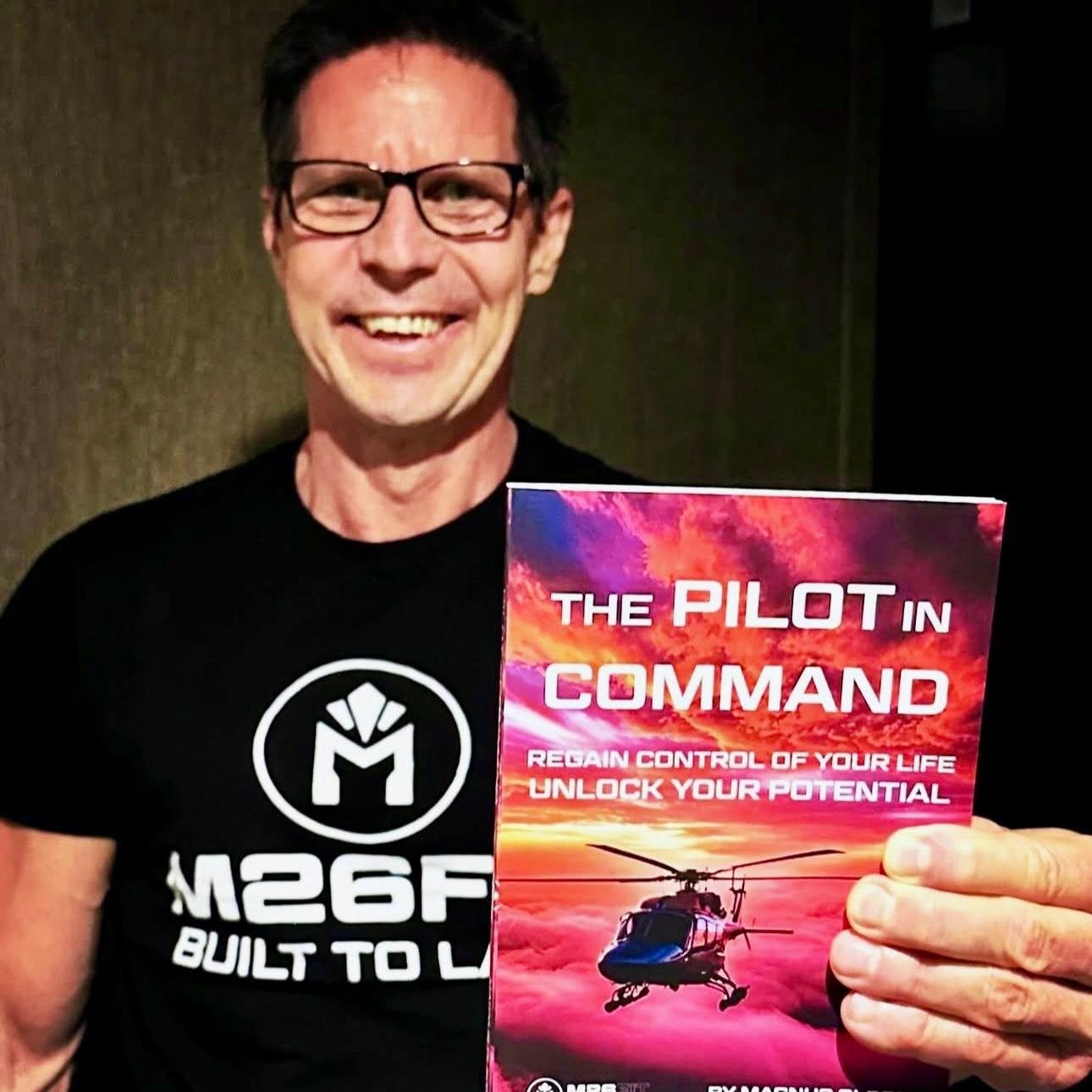


Hyerle and Alper (2011) argue that visual representation Thinking Maps, ‘serve as a device for mediating thinking, listening,
speaking, reading, writing, problem solving, and acquiring new knowledge’. There are a wide number of different ways to map thinking,
including Concept Maps and Brain Maps. Others include Circle Maps, Bubble Maps,
Double Bubble maps and Tree Maps. By using visual routines, students have a highly scaffolded strategy to
assist them to generate and organise ideas. As with other thinking routines, Thinking Maps should be explicitly taught in relevant contexts
and regularly reinforced through repetition of use.
A useful video to understand how to use Mind Maps can be found at https://www.youtube.com/watch?v=u5Y4pIsXTV0. A good video to teach Concept mapping is available at http://www.theteachertoolkit.com/index.php/tool/Concept-Map. I recommend the pdf at this site for other ideas https://1.cdn.edl.io/F0jBiCPoPKD1cf5bW14MkkIQDUyAHn05tEQMtNvYdZNS4HbJ.pdf
Reference
Hyerle, D. & Alper, L. (2011) Student successes with Thinking Maps. Thousand Oaks, CA: Corwin.